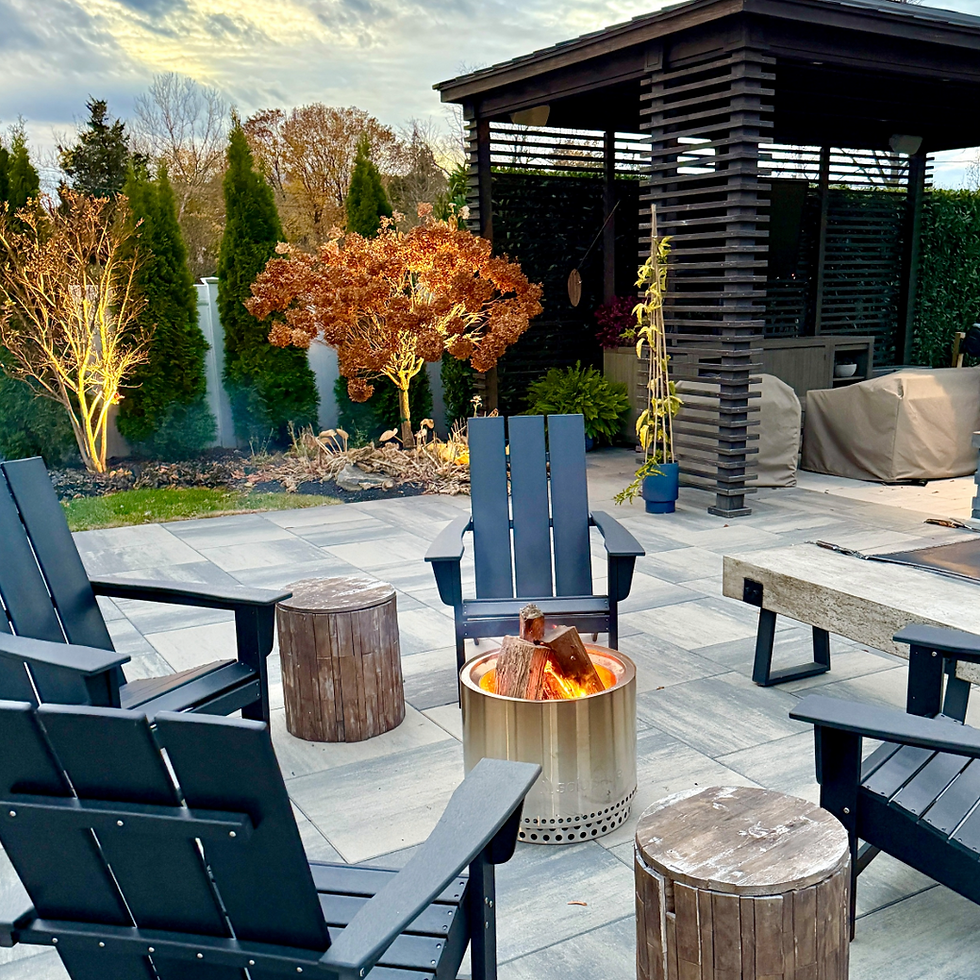Japanese Maples
- Rebekah
- May 22, 2014
- 3 min read
Updated: Mar 6, 2024
Are you thinking about adding an ornamental tree to your landscape? We want to suggest the Japanese Maple! They make great focal points in many types of gardens, including rock gardens, traditional landscapes, and casual landscaping. Most stay small, topping out at 15′ or less, and they are slow growers, so it will take years for them to reach their mature height. Many people would say that these spectacular trees are some of their absolute favorites! In this post, some steps will be laid out for helping select a Japanese Maple, where to plant one in your space, and general care of your Japanese Maple.
There are two general types of Japanese Maples: Laceleaf (known as Acer Dissectum) and Upright (known as Acer Palmatum). Laceleaf boasts the delicate, lacey- look leaf that is beautiful, while the upright’s leaf has a similar look of the maple tree’s leaf. When selecting a Japanese Maple, ask yourself if you have a preference between the red/purple leaf, green leaf, or variegated. Each one will have different sun specifications, so be sure you know you are buying the correct tree type for the spot you want it in your garden.
Most often, Japanese Maples prefer shadier spots. If you have a nook in your garden that gets morning sun and afternoon shade, that would be a great location for one of these handsome little trees. If you have a full sun spot that you’d like to see one of these beauties in, two varieties that can usually tolerate sunnier spots are ‘Bloodgood‘ and ‘Ever Red‘.

As we mentioned above, Japanese Maples are very slow growers. With a small, simple pruning once or twice a year, your Japanese Maple can stay relatively whatever size you’d like it to stay. This makes them great for smaller spaces where you’d like a focal point, such as near your front door in a gardening bed, in a bed that surrounds your back deck or patio, in between two windows of your house, under a much larger, established tree… and the possibilities go on.
About pruning- in our area, Japanese Maples are best pruned in the middle of winter, around January, before any milder weather comes our way. Waiting to prune in late February or March can damage the tree, as it is beginning to come out of dormancy. You want to be careful when pruning them, that they keep their graceful shape. A good rule of thumb with this tree’s pruning is to prune it over a few days, here and there. That way, you can take a step back and look at it to decide if you really want to prune any more. Since these sweet trees grow really slow, you want to be confident that you are pruning what you really want to prune.

After you have selected THE spot for your Japanese Maple, purchased your favorite one at your local nursery, and brought it home and planted it, the next step (after admiring it ) is watering it. Japanese Maples, in comparison to many other trees, have a shallow root system. They like water. If you plant your tree this spring, for example, when we are headed into hotter weather, water it every 2-3 days if we are not getting rain, for about the first month. Don’t drown it! Then this summer, water it with a good soaking about twice a week, especially if we are not getting enough rain. Mulching around your Japanese Maple helps ensure its roots stay cooler and retain more moisture, and is a great idea if you don’t have mulch around it already.
Fertilizing your little Japanese Maple keeps it healthy and vibrant. A slow-release fertilizer in pellet form works great for these guys. Instead of sprinkling some fertilizer on top of the soil around your maple, take your trough and make a (not deep) circle (a few inches outside the base of the trunk of the tree) going around the tree trunk. Then follow the manufacturer’s guidelines on how much fertilizer to use, and drop the pellets around in the circle you’ve dug. Cover again with your soil, and this will help your fertilizer get down into the roots.
Japanese Maples are gorgeous trees that bring much enjoyment and beauty to your yard. Many times, they are treasured trees by their gardener, perhaps because they do require some extra baby-ing here and there and are such a unique addition to a landscape.



